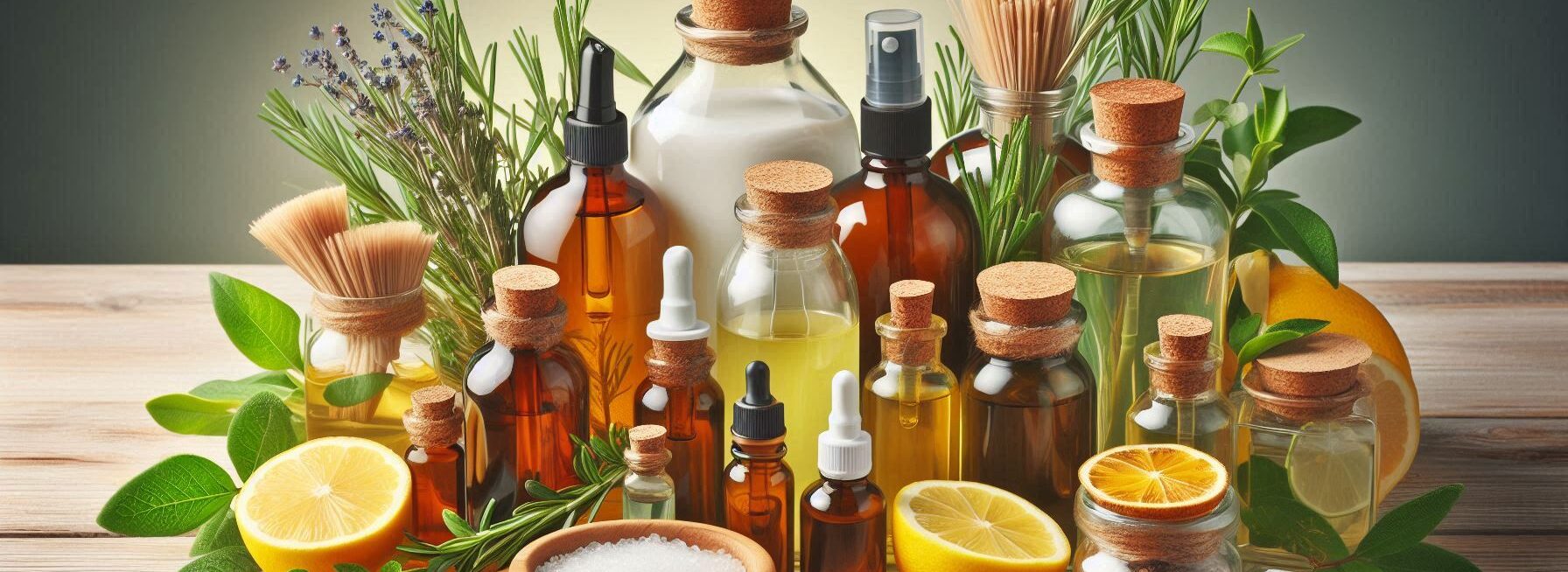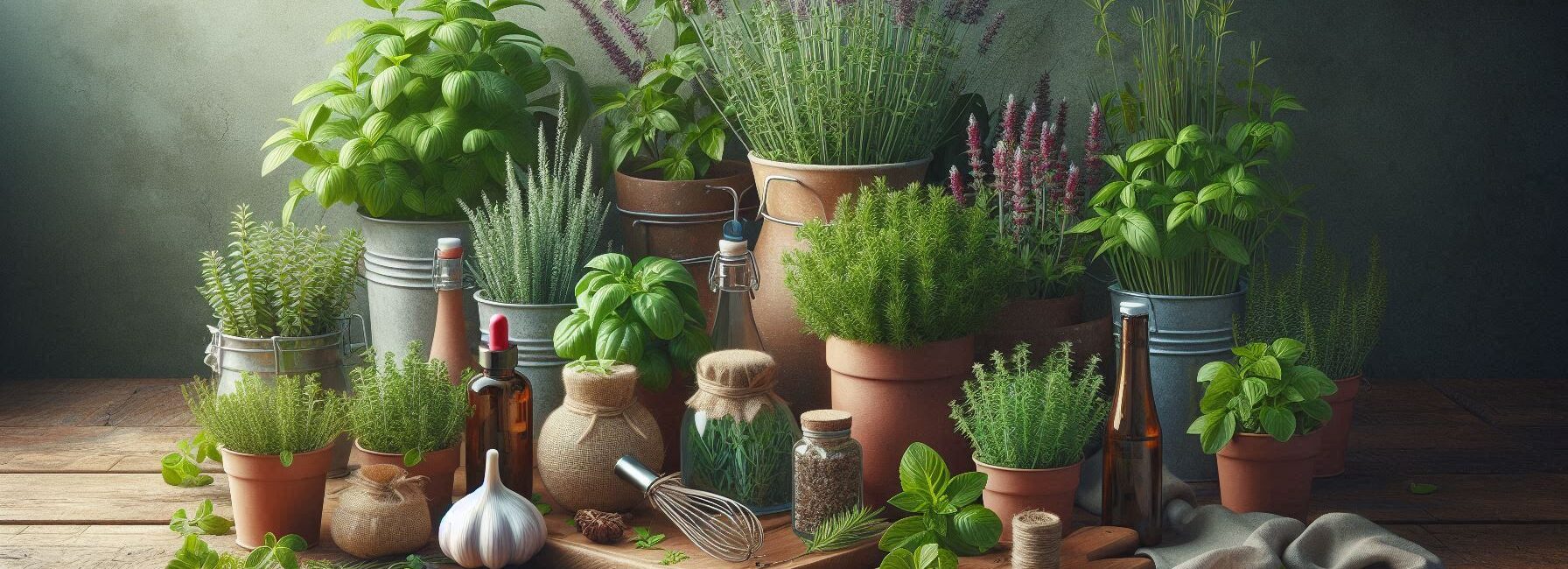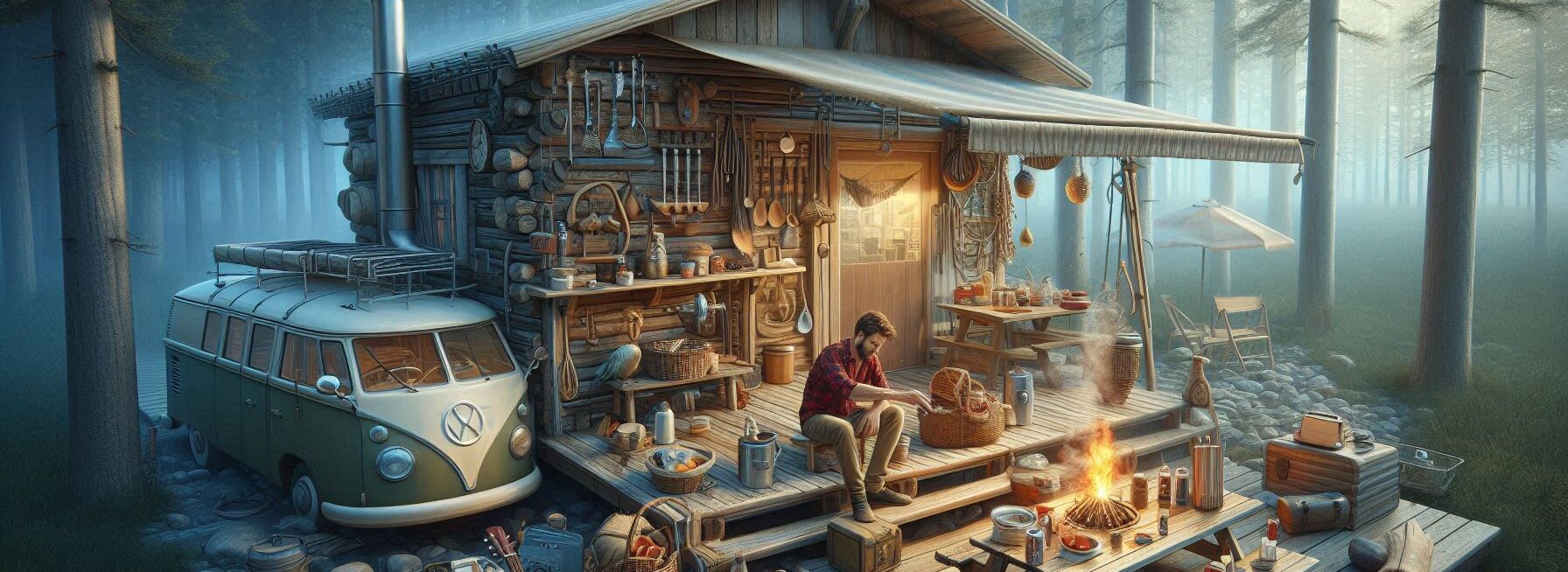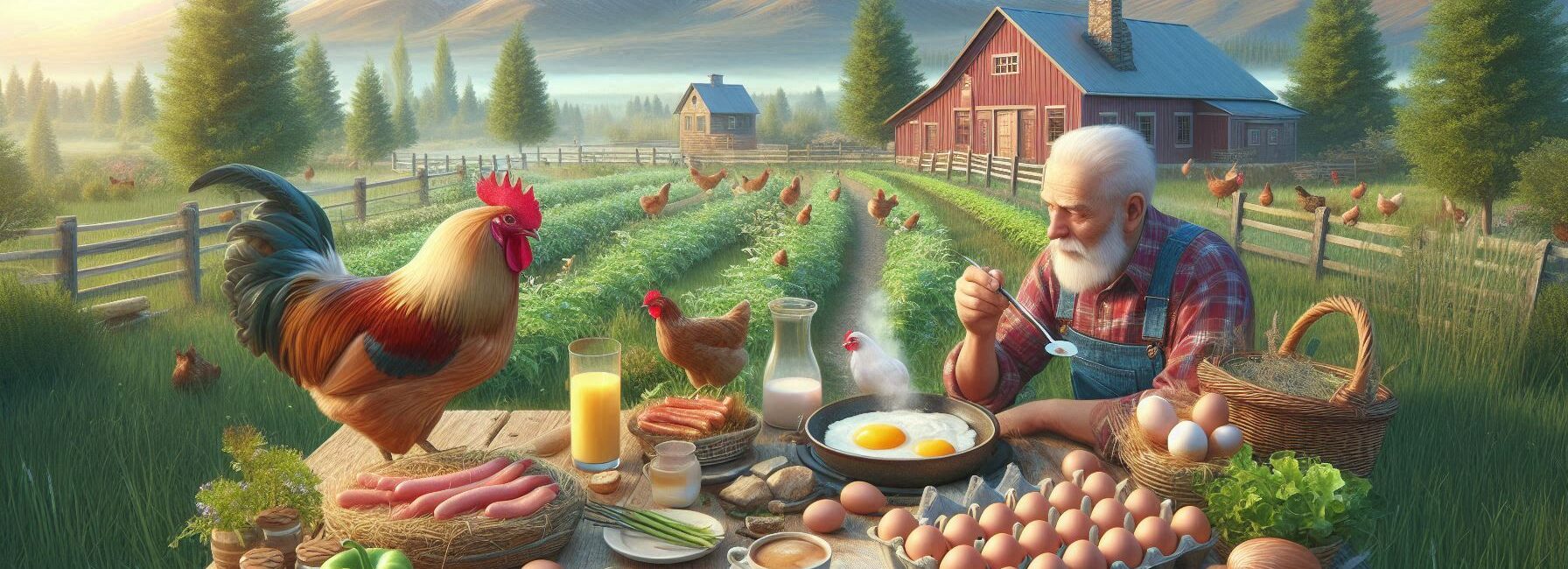Last Updated on November 2, 2025 by Kevin Collier
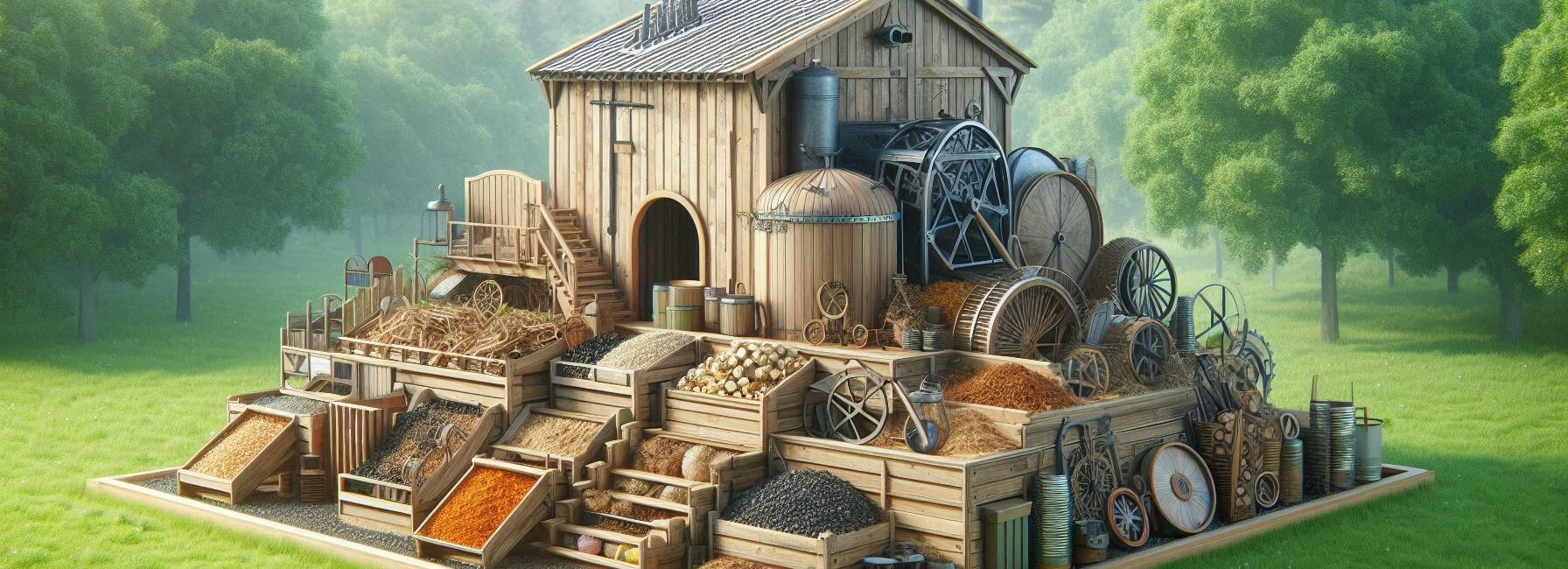
Top Takeaways and Key Concepts
- Choose a bin with good airflow; wood, plastic, or a simple pile works.
- Layer greens (vegetable scraps, grass) and browns (leaves, cardboard) for balance.
- Avoid meat and dairy to prevent odors and pests in compost.
- Turn compost regularly and monitor moisture to speed decomposition effectively.
- Harvest when soil is dark, crumbly, and smells earthy; then use it.
When I first thought about composting, it was for two big reasons. I wanted to help the planet, and my garbage can smelled like a science experiment. Seriously, if your trash can could scare off raccoons, you know the struggle!
Let’s get into how to set up your own composting system. It’s a lot easier than it might sound. You might even learn to love leftover food scraps. They can turn into something great!
Please Note: This post may contain affiliate links. If you click one of them, we may receive a commission at no extra cost to you. As an Amazon Associate, I earn from qualifying purchases.
Start with a bin. It doesn’t need to be fancy. A big barrel, a wooden box, or even a pile in your yard works. Just be sure it has good airflow. You want that stuff to breathe. It’s like giving your scraps a little vacation!
Add all sorts of food scraps. Fruits, veggies, coffee grounds—oh, and eggshells are awesome too. Just skip the meat and dairy, or your compost might start smelling like a raccoon party again. Can you imagine?
Mix in some yard waste, like grass clippings or leaves. Those help balance things out. It's a bit like making a smoothie. You need the right mix for it to taste good. Give it a stir now and then. The worms and bugs will love you for it! It's like throwing a little surprise bash for your compost.
You’ll watch that pile shrink and transform. It’s like magic! Before you know it, you’ll have rich, dark compost. You can use it in your garden to help plants grow. Talk about a win-win!
Composting feels good. You’re not just reducing waste. You're helping the earth and getting your hands dirty. And if you find an extra fry in your bag while digging through, well, that’s just the cherry on top! Enjoy your compost journey!
The Basics of Composting: What Is It and Why Bother?
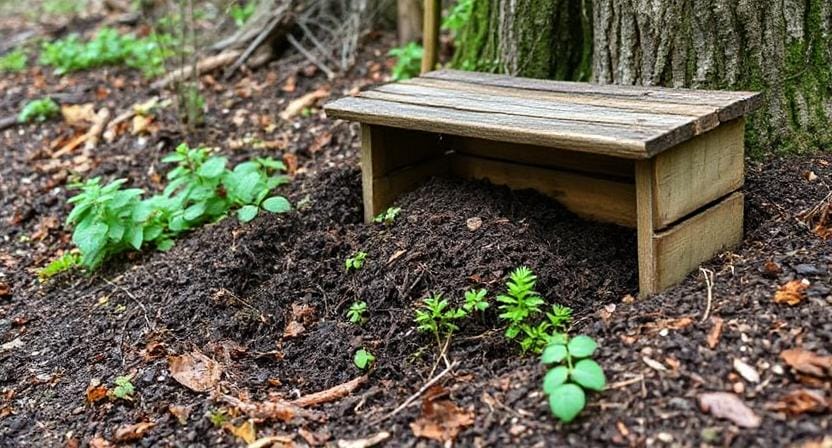
*** Shop for Survival Gear - Tools - Kits ***
Survival Gear - Bags and Backpacks - Knives - Boots/Footwear - Communication
Outdoor Cooking - Gloves - Hydration - Dry Boxes - Water Filtration Systems
Tents - Sleeping Bags - First Aid Kits - Multi-Tools - Flashlights - Fire Starters
Navigation - Survival Food - Night Vision - Headlamps - Stun Guns - Binoculars
To start with, what exactly is composting? In simple terms, it's nature's way of recycling organic matter. Think of it as giving old food scraps and yard waste a second chance at life—kind of like how we all feel after a good night’s sleep.
But why should we bother? Well, for one thing, reducing landfill waste is crucial for our environment. And let's be honest: who doesn't want nutrient-rich soil for their garden without spending a fortune on fertilizers?
Now picture this: you're out camping in the great outdoors. You finish your delicious campfire meal (who doesn’t love burnt marshmallows?), and instead of tossing those leftovers into the woods or back into your cooler where they’ll fester until next year’s trip, you toss them into your compost pile instead.
Boom! You’re not just saving Mother Earth; you're also creating black gold for your future gardening endeavors.
Choosing Your Compost Bin: The Good, the Bad, and the Ugly
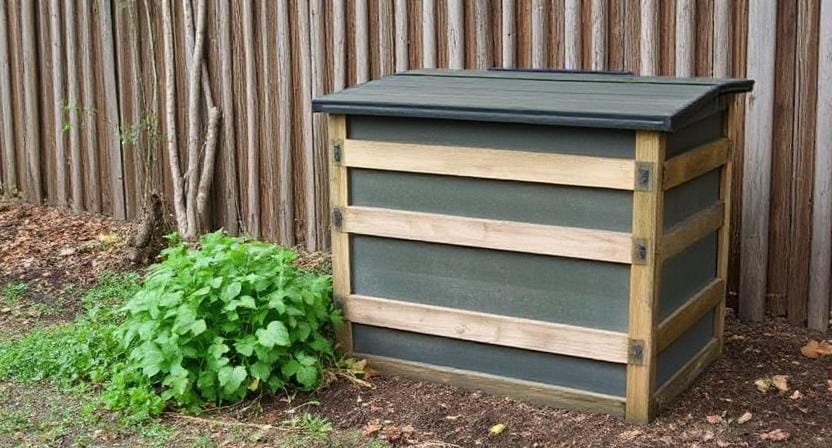
Next up is choosing your compost bin—or lack thereof! Some folks opt for fancy store-bought bins that look like they belong on the cover of “Home & Garden,” while others get creative with old pallets or even trash cans with holes drilled in them.
To be fair, there are no strict rules here; just remember that whatever you choose should allow air circulation because aerobic bacteria are key players in this whole decomposing drama.
I once tried using an old wheelbarrow as my compost bin. Let me tell you: it looked rustic but was about as functional as a chocolate teapot during monsoon season.
So, unless you're aiming for artistic expression rather than actual compost production, stick with something that's designed for the task—preferably something that won’t roll away every time there's a slight breeze!
What Goes In? The Perfect Recipe for Compost
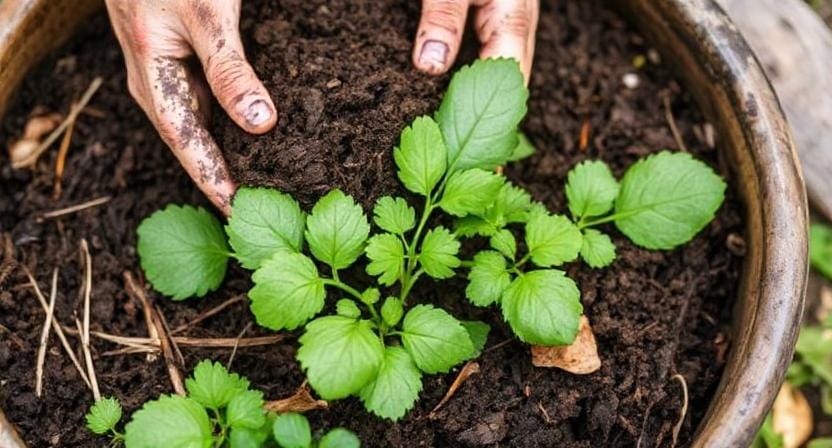
So now you've got your bin ready to go! But wait—what do you actually put in there? Think of it as making a layered cake (minus the frosting). You'll need greens (nitrogen-rich materials) like vegetable scraps and grass clippings and browns (carbon-rich materials) such as dried leaves or cardboard.
But hold on! Just because it's organic doesn't mean everything goes into the mix. For instance, avoid meat products unless you're trying to attract neighborhood cats or raccoons looking for their next buffet experience. Dairy? Forget about it; that's an invitation for some seriously unpleasant odors.
As luck would have it, I've learned through trial and error (mostly error) that balancing these components is crucial. Too many greens lead to smelly sludge akin to gym socks left in a hot car—yikes! On the other hand, too many browns can result in dry piles resembling more haystack than compost heap.
Maintaining Your Compost Pile: Turning Up the Heat
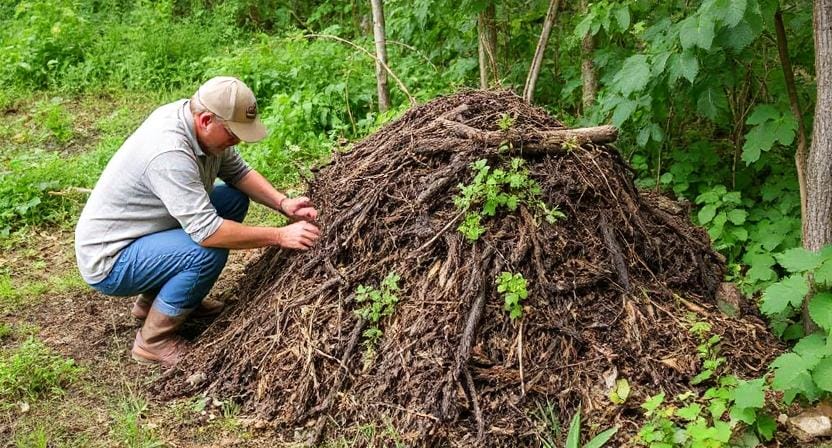
Once you've got things cooking—or rather decomposing—you'll want to keep an eye on your pile's progress. Regularly turning it helps aerate those ingredients so they break down faster. Plus, think about how satisfying it feels to use that pitchfork—it’s basically exercise disguised as yard work!
By the way, did you know temperature plays a role too? A well-maintained pile can reach temperatures between 130°F and 160°F—a real sauna party for microbes! If things cool down too much, give it some love by adding water or fresh materials; this will help kickstart decomposition again.
And speaking of maintenance: don’t forget about moisture levels! If it's too wet outside from rain or if you've overdone it on those juicy watermelon rinds (seriously… moderation!), you'll need to add more brown materials like shredded newspaper or straw to balance things out.
Troubleshooting Common Issues: When Things Go Awry
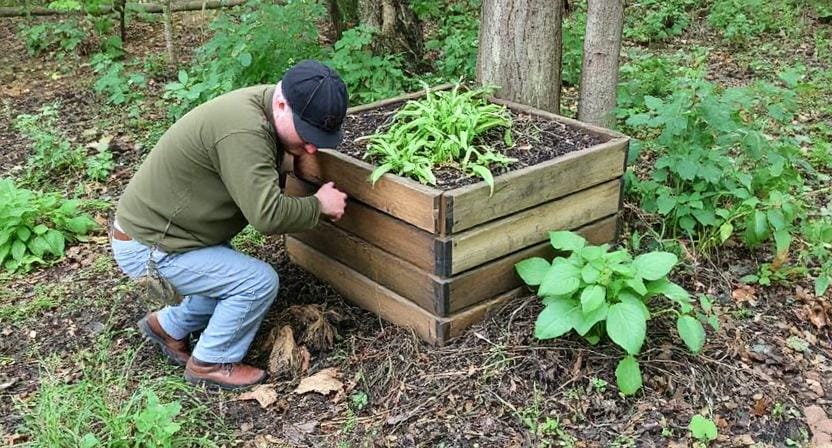
Let’s face it—not everything goes according to plan when gardening or camping…or really anything involving nature! Maybe your pile smells like something crawled under there and died—a classic sign of anaerobic conditions due to lack of oxygen. If this happens—and trust me; I’ve been there—turn that pile pronto!
Another common issue is pests invading your precious creation. While I’m all about attracting beneficial critters like worms (the good kind), ants seem keen on making themselves at home too often!
To deter unwanted guests without resorting to chemical warfare simply bury food scraps deeper within layers instead of leaving them exposed like an all-you-can-eat buffet!
Harvesting Your Black Gold: The Grand Finale
After weeks—or even months—you’ll eventually reach that magical moment when your compost transforms from recognizable scraps into rich soil-like goodness known affectionately among gardeners everywhere as “black gold.” Now comes one last important question: How do you know when it's ready?
Well folks—the texture should resemble dark crumbly soil with no recognizable pieces remaining (goodbye banana peels!). You might notice a sweet earthy smell wafting up; if so congratulations—you’ve officially graduated from amateur composter status!
Now grab yourself some gloves (because we’re still dealing with dirt here) and spread this glorious concoction throughout gardens beds or potted plants alike—it’s truly rewarding seeing new life flourish thanks largely due diligence towards sustainability efforts taken earlier!
I hope this little conversation makes you want to establish your own eco-friendly system at home. There's always a way to join in, no matter how big or little your backyard, patio, or balcony is.
Taking care of the world is like giving oneself a big hug, isn't it? Taking care of plants is also good for you. It makes you happy and brings you closer to others. It's very satisfying to watch those little green creatures grow.
You don't have to be an expert. You may have a tremendous impact by making just a few little changes. You may start with a little herb garden on your windowsill. Or even just putting food leftovers in the compost. Every little bit helps!
Think about how nice it would be to select fresh basil for your spaghetti or see your flowers flourish. That small patch of green can make even the rainiest days seem better. It's also a terrific way to get some fresh air.
So, let's get our hands filthy and have some fun! You might find that planting seeds makes you feel just as nice as getting a hug from a dear friend. Enjoy the trip. Have fun with it.
Frequently Asked Questions
What type of compost bin should I use?
Any container or open pile with good airflow will work, including wood bins, plastic tubs with venting holes, or simple outdoor piles.
Why are greens and browns important?
Greens provide nitrogen while browns supply carbon, and both are needed together to support proper and efficient decomposition.
Why should meat and dairy be avoided?
Meat and dairy attract unwanted pests and create foul odors, which can disrupt microbial activity in the compost pile.
How often should compost be turned?
Turning every 1–2 weeks introduces oxygen, balances materials, and helps speed up decomposition.
How wet should compost be?
It should feel like a wrung-out sponge—too wet slows bacteria and too dry stalls decomposition.
How long does composting usually take?
Compost can be ready in 2–6 months depending on temperature, moisture levels, and how often it is turned.
How do I know my compost is finished?
Finished compost appears dark, crumbly, and earthy, with no recognizable food pieces remaining.
Suggested External Resources:
Composting 101
https://www.epa.gov/recycle/composting-home
The Benefits of Compost
https://www.nrdc.org/stories/benefits-compost
How To Start a Backyard Compost Bin
https://www.hgtv.com/how-to/how-to-start-a-backyard-compost-bin

Kevin Collier is a seasoned survivalist and expert in prepping and homesteading, contributing to WiseSurvive.com. With a deep-rooted passion for self-sufficiency and outdoor survival skills, Kevin shares practical advice, strategies, and resources to help individuals prepare for any challenge. His informative articles cover a range of topics, from essential survival techniques to sustainable living practices, empowering readers to thrive in any situation. Whether you're a novice or a seasoned prepper, Kevin's insights will inspire you to take charge of your readiness and build resilience for the future.

